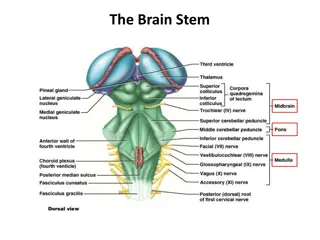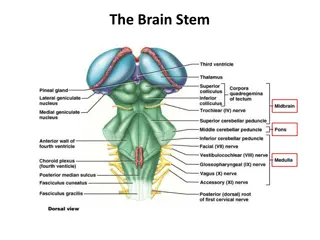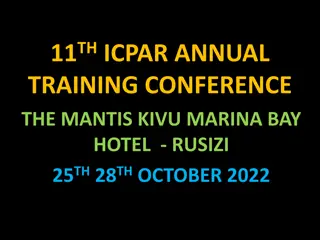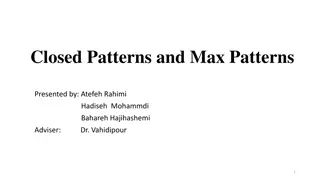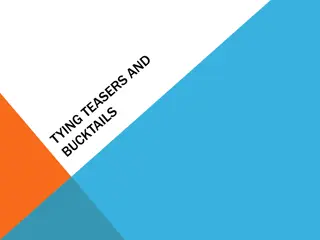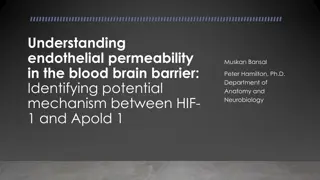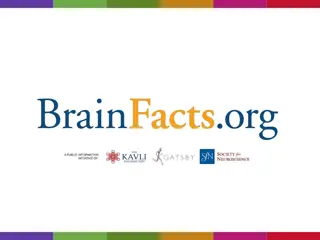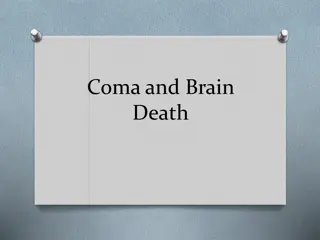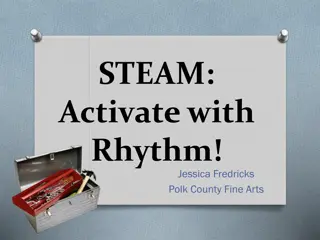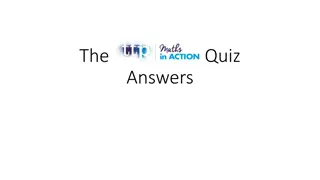Fun Brain Teasers and Patterns Exploration Session
Join an interactive session featuring brain teasers and pattern exploration. Solve puzzles, discover number sequences, and learn about perfect squares while engaging in a fun and educational experience. Attend multiple sessions for a participation certificate.
Download Presentation

Please find below an Image/Link to download the presentation.
The content on the website is provided AS IS for your information and personal use only. It may not be sold, licensed, or shared on other websites without obtaining consent from the author.If you encounter any issues during the download, it is possible that the publisher has removed the file from their server.
You are allowed to download the files provided on this website for personal or commercial use, subject to the condition that they are used lawfully. All files are the property of their respective owners.
The content on the website is provided AS IS for your information and personal use only. It may not be sold, licensed, or shared on other websites without obtaining consent from the author.
E N D
Presentation Transcript
A few things before we start: The questions are brain teasers, its okay if you don t solve all of them on your own This is not a competition, just do your best and have fun If you attend more than 4 sessions, then you will get a certificate Please type hi in the chat to record your attendance and bye when we are done for the day
Introduce Yourselves Your name What school do you go to (or are you homeschooled)? What is something you like? Why? (hobby, food, animals, sports, singers, video games, etc.)
What is common in the following numbers? 1 4 9 16 25 36
We use a letter to represent an unknown number An integer n is a perfect square if n = ?2 k is a natural number
Lets visualize the perfect squares 9 1 4 1 x 1 16
1) 81 is a perfect square (81 = 92). This means we can express 81 as the sum of first consecutive odd numbers. Write 81 as the sum of first consecutive odd numbers. Doesn t skip any odd numbers and starts with the number 1
81 = 1 + 3 + 5 + 7 + 9 + 11 + 13 + 15 + 17 Is there a pattern to how many numbers each perfect square sum has?
If we have ? = ?2 Then n = 1 + 3 + 5 + + (2k - 1) K pieces or K consecutive odd numbers
2) What is 1 + 3 + 5 + 7 + + 21
4) Can you express 196 as the sum of consecutive odd numbers which start at 1? Why or why not? Hint: perform prime factorization/ make a factor tree
6) What is the sum of 1 + 3 + 5 + + 179 + 189
7) What is the sum of 35 + 37 + 39 + + 175 + 177



